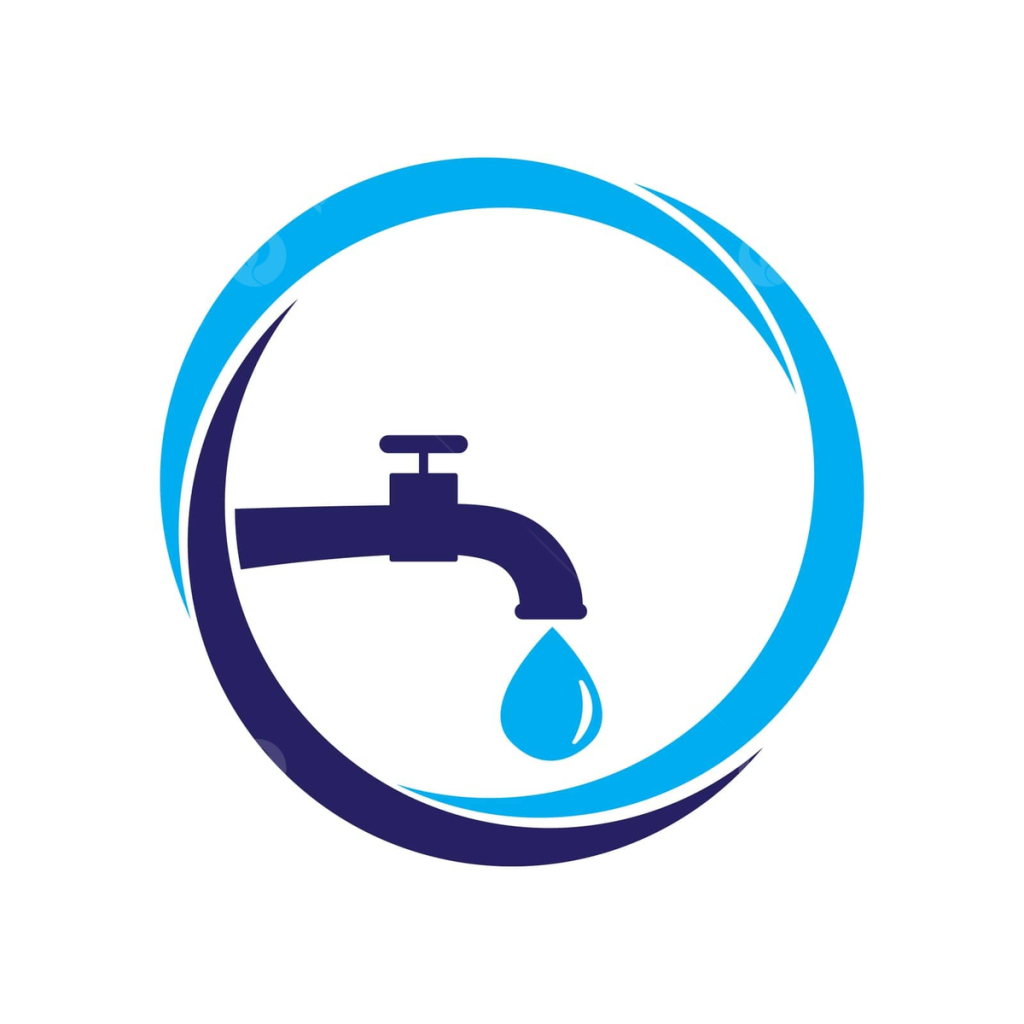The intricate network of pipes that snakes beneath our homes is a marvel of modern engineering. But when a leak springs or a drain clogs, it’s the plumber, not the pipes, who deserves the hero’s cape. However, even the most skilled plumber is only as good as their toolbox. Let’s delve into the essential plumbing tools that keep our water flowing smoothly.
Gripping and Turning: The Masters of Control
- Pipe Wrenches: The iconic tool of the plumbing world, pipe wrenches are designed to grip and turn various sized pipes. Their adjustable jaws allow for a secure hold on anything from thin copper tubing to hefty drain pipes.
- Adjustable Wrenches: Offering versatility, adjustable wrenches can tackle a wider range of fastener shapes and sizes. They come in handy for tasks like tightening nuts on faucets or loosening fittings on valves.
Working in Tight Spaces: Reaching the Unreachable
- Basin Wrenches: These specialized wrenches are lifesavers when working in cramped spaces, particularly around sinks and basins. Their slim profile allows them to navigate tight clearances and reach nuts and fittings that regular wrenches can’t.
- Channel Locks: Combining gripping, turning, and cutting functionalities, channel locks are another multi-purpose tool. Their locking pliers mechanism provides a strong grip on various materials, making them useful for loosening stubborn nuts, turning bolts, or even cutting thin wires.
Clearing the Way: Battling Blockages
- Plungers: The household hero for minor clogs, plungers use suction to dislodge blockages in drains. They come in various flange sizes to fit different sink and tub openings.
- Augers: For more persistent clogs deeper within the drainpipes, augers come into play. These long, metal cables with a corkscrew-shaped tip can break up and remove tough clogs that a plunger can’t handle.
-
Drain Snakes: Similar to augers, drain snakes are motorized for tougher clogs. The rotating cable bores through and breaks up debris, effectively clearing even the most stubborn blockages.
Cutting and Bending: Shaping the System
- Hacksaws: A plumbing toolbox isn’t complete without a trusty hacksaw. This versatile tool allows plumbers to cut through various pipe materials, such as PVC or older cast iron pipes.
- Pipe Cutters: Designed specifically for clean cuts on plastic pipes, pipe cutters ensure a precise and leak-proof connection during installation.
- Tube Benders: For plumbing systems that require bends and turns, tube benders are used to shape soft copper tubing without collapsing it. This ensures proper water flow and maintains the integrity of the pipe.
The world of plumbing extends beyond these essentials. Depending on the job, plumbers may utilize specialized equipment like soldering torches for working with copper pipes, video inspection cameras for exploring hidden leaks within walls, or hydro-jetting machines for heavy-duty drain cleaning.
Choosing the Right Tool for the Job
Having the right tools empowers plumbers to work efficiently and effectively. The most suitable tools will depend on the specific plumbing task at hand, the type of pipes involved, and the accessibility of the work area. For DIY enthusiasts attempting minor repairs, a basic plumbing kit with a selection of wrenches, a plunger, and a shut-off valve tool can be a helpful starting point.
However, for complex plumbing issues, it’s always recommended to call a licensed plumber who possesses the expertise and tools to tackle the job safely and correctly. After all, a well-equipped plumber is a plumber who can ensure your water keeps flowing smoothly for years to come.



